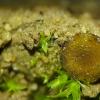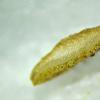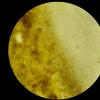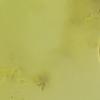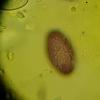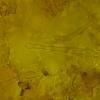
07-04-2009 22:43
 Yannick Mourgues
Yannick Mourgues
Bonsoir. Les cédraies du sud commencent à donne

07-04-2009 16:47
Bonjour, j'ai récolté sur Salix cet asco aux air

07-04-2009 11:16
bernard BOUSQUETBonjour, Tous les printemps, début avril, en p

06-04-2009 19:32
J'amairais conaitre votre opinion sur cet petit as

06-04-2009 18:49
 Miguel Ángel Ribes
Miguel Ángel Ribes
Hi again Is this Hypomyces rosellus? Please, se

06-04-2009 16:42
Benoit MarçaisBonjour, Je vous contact pour savoir si vous au

06-04-2009 00:05
 Martin Bemmann
Martin Bemmann
Hello forum, I am dealing since a week with a c
 Holland, 07-09-2019. In riverclay area on soil (old piece of riverbank). Apothecium yellowish/greenish, darkening into brown when older, largest 2,5-3 mm. Asci clavate, 155-190 x 18-20, no Meltzer reaction (J-).
Holland, 07-09-2019. In riverclay area on soil (old piece of riverbank). Apothecium yellowish/greenish, darkening into brown when older, largest 2,5-3 mm. Asci clavate, 155-190 x 18-20, no Meltzer reaction (J-).Spores mature deep purple, young hyaline. I think I saw very fine granulation in the young spores, as well as fine warts. Mature spores with fissures/reticulated, 19-21 x 10-13.
Paraphyses slender, longer than the asci, yellow(ish). Septated, sometimes forked, with a slightly swollen top (not all of them).
Following van Brummelen I came to Ascobolus geophilus, but maybe I'm very wrong :)
What is your opinion? Thanks in advance!

Interesting! It is sometimes difficult to separate certain species of this genus. Compares with A.behnitziensis near geophilus. According to Dissing, geophilus spores are later adorned ornamented, unlike behnitziensis. Also try to make other preparations in the Melzer showing the asci; you say negative Melzer whereas normally the reaction must be positive.
Michel.

van Brummelen states that only very young asci are amyloid in A. behnitziensis - i.e., the blueing might be visible only in lower part of the hymenium, see here: https://www.nahuby.sk/obrazok_detail.php?obrazok_id=606132
Cheers,
Viktorie

Michel, what I read in van Brummelen about geophilus:
Asci cylindric-clavate, tapering
downwards, rounded above, 160-200 X 17- 20 p. (according to Seaver rgr6, I.e.:
"200-250 X 15- 18 p,"), 8-spored; the wall not, or scarcely, blue in Melzer's reagent.
So I am now a bit confused?


